Global Forum For Indurstrial Devlopment is SPONSORED BY ICO INDIA
- MP Society Registration (Act. 1973 No. 44) 03/27/01/21857/19 (MSME Forum Established Since-2009)
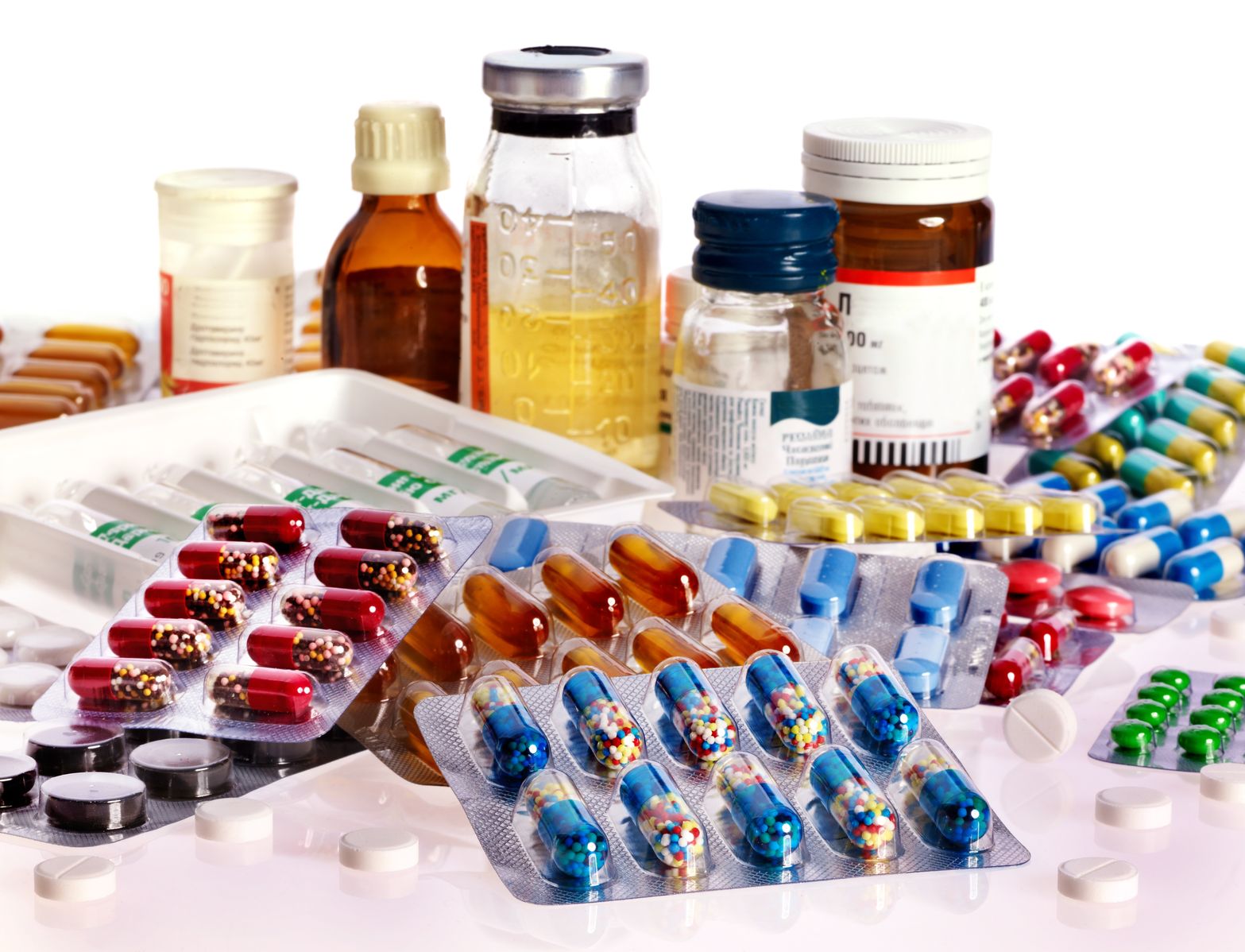
Pharmaceutical, substance used in the diagnosis, treatment, or prevention of disease and for restoring, correcting, or modifying organic functions. (See also pharmaceutical industry.) Records of medicinal plants and minerals date to ancient Chinese, Hindu, and Mediterranean civilizations. Ancient Greek physicians such as Galen used a variety of drugs in their profession. During the 16th century AD, after Western medicine began to recover from its long sleep during the Dark and Middle Ages, pharmaceutical practice began to develop rapidly. Pharmaceuticals are generally classified by chemical group, by the way they work in the body (pharmacological effect), and by therapeutic use. Alkaloids were the first pure pharmaceuticals derived from natural substances (plants); they include quinine, nicotine, cocaine, atropine, and morphine. Drugs of animal origin include glandular extracts containing hormones, such as insulin for use in treating diabetes.
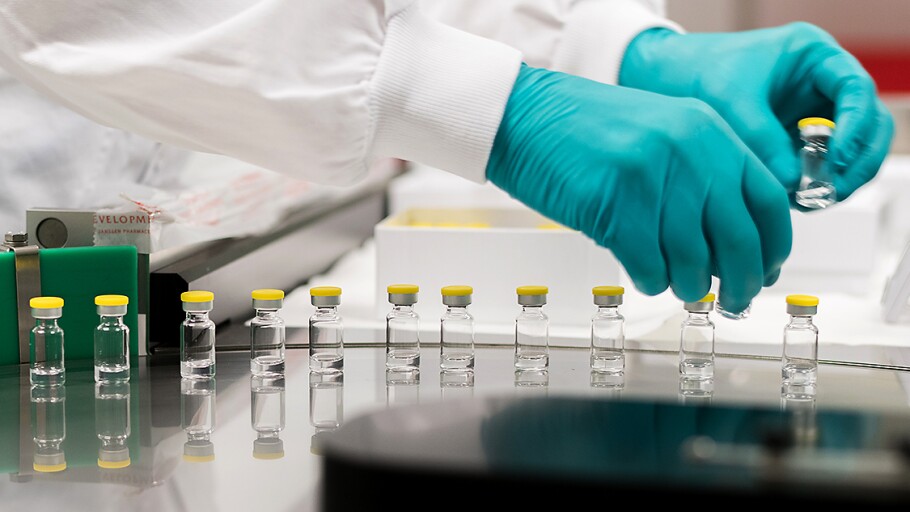
India is the largest provider of generic drugs globally. Indian pharmaceutical sector supplies over 50% of global demand for various vaccines, 40% of generic demand in the US and 25% of all medicine in the UK. Globally, India ranks 3rd in terms of pharmaceutical production by volume and 14th by value. The domestic pharmaceutical industry includes a network of 3,000 drug companies and ~10,500 manufacturing units. India enjoys an important position in the global pharmaceuticals sector. The country also has a large pool of scientists and engineers with a potential to steer the industry ahead to greater heights. Presently, over 80% of the antiretroviral drugs used globally to combat AIDS (Acquired Immune Deficiency Syndrome) are supplied by Indian pharmaceutical firms.
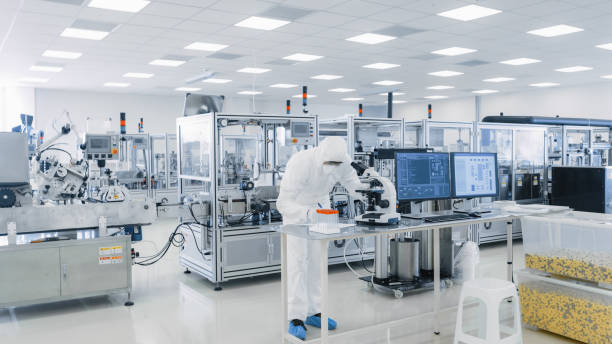
Taro is a research-based international pharmaceutical company that was established on the principal that research and development would be the cornerstone of its growth strategy. Providing quality products through scientific innovations, diligence and precision is the goal of all of Taro's research programs. Taro develops high-quality, proprietary and off-patent pharmaceuticals for markets in the US, Canada, Israel and other countries around the world...
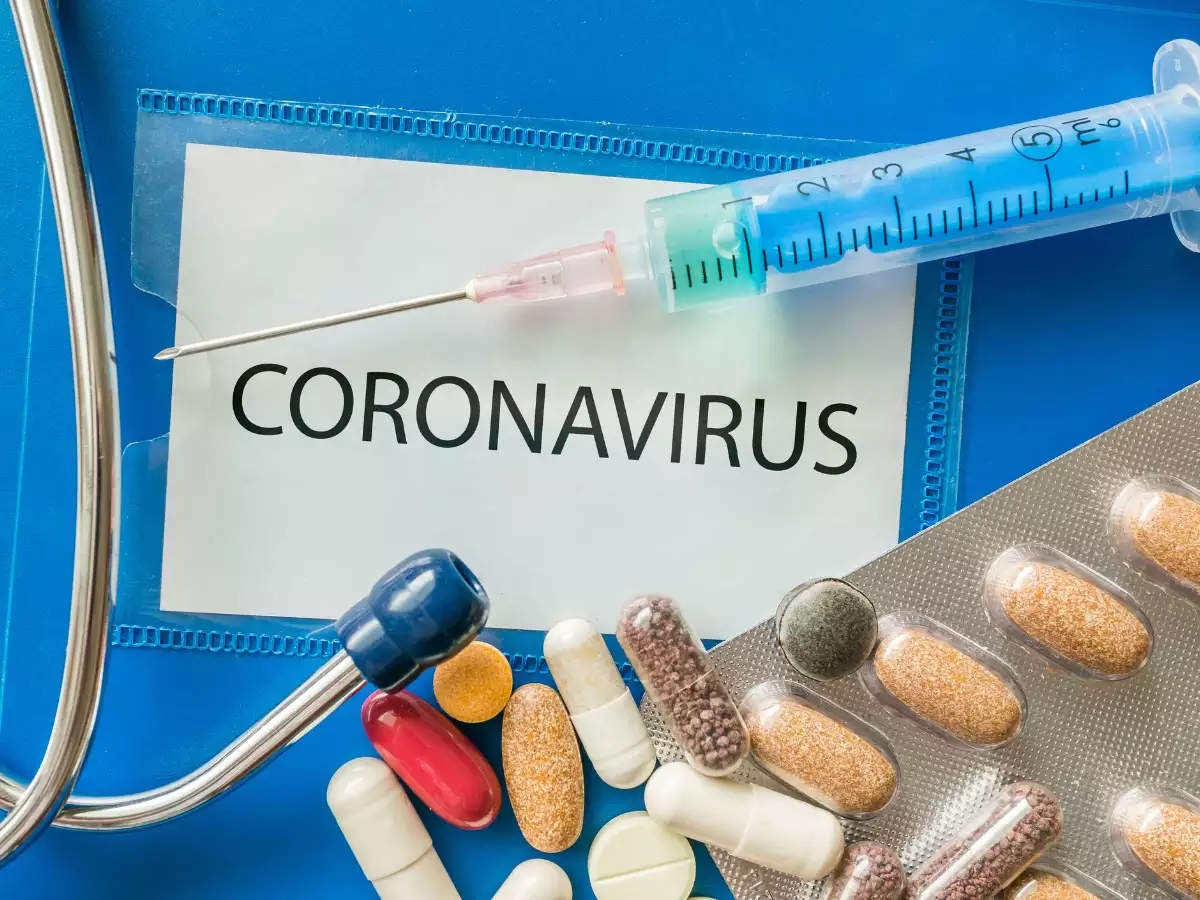
This page brings together examples of what pharmaceutical companies around the world are doing to tackle COVID-19. It’s updated regularly and sourced from EFPIA and their round-up of what companies are doing and the IFPMA and their hub of what companies are doing globally.
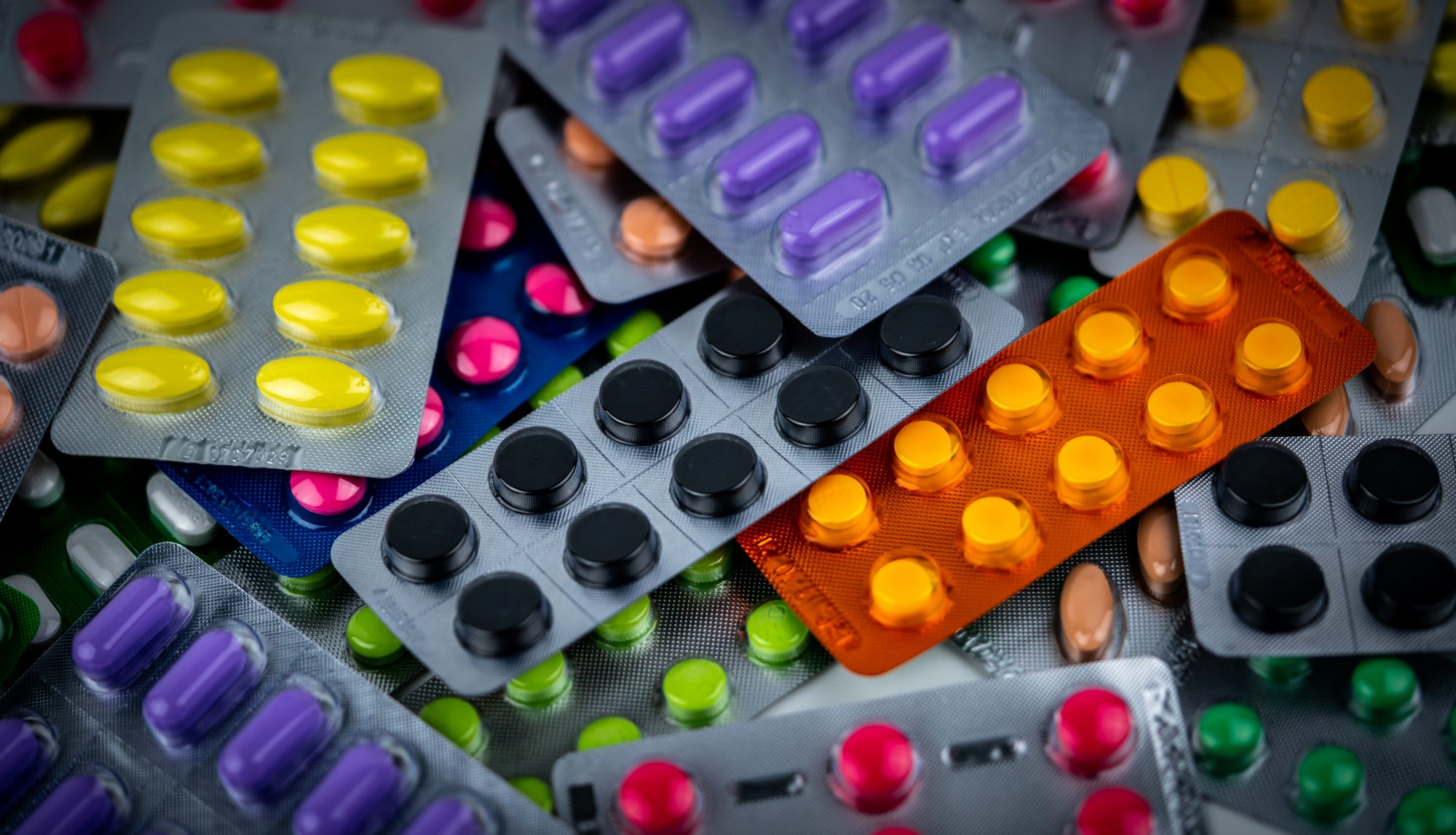
The trial will evaluate the safety, tolerability and efficacy of an investigational anti-coronavirus hyperimmune intravenous immunoglobulin (H-Ig) medicine for treating hospitalized adults at risk for serious complications of COVID-19 disease. Find out more.

Companies have worked tirelessly to develop and scale up manufacture of COVID-19 vaccines to help people around the world and continue to do so. .

Rolling out diagnostics to detect whether patients are genuinely infected with the new coronavirus is a key step in preventing or slowing its spread. However, the rapid spread of COVID-19 has drastically increased the demand for testing kits around the world, especially in the United States and Europe, and governments are trying to ramp up their testing capacities. Pharmaceutical companies are helping in this fight.

As part of the health community, the life sciences sector in the UK wants to play as big a role as possible in tackling COVD-19 – both in the search for effective diagnostics and treatments and by supporting patients, the NHS and Government across the UK. Our companies have the experience, knowledge and facilities to provide support across healthcare if they work together during this crisis.
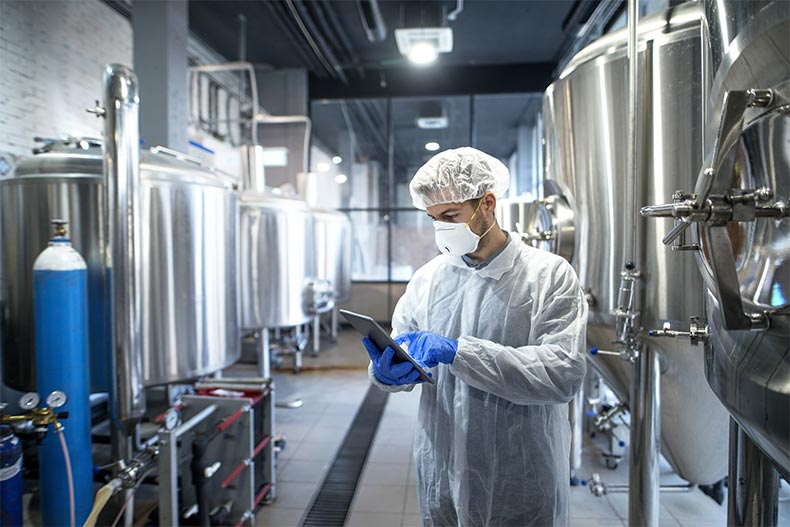
the discovery, development, and manufacture of drugs and medications (pharmaceuticals) by public and private organizations. The modern era of the pharmaceutical industry—of isolation and purification of compounds, chemical synthesis,
The oldest records of medicinal preparations made from plants, animals, or minerals are those of the early Chinese, Hindu, and Mediterranean civilizations. An herbal compendium, said to have been written in the 28th century BC by the legendary emperor Shennong, described the antifever capabilities of a substance known as chang shan (from the plant species Dichroa febrifuga), which has since been shown to contain antimalarial alkaloids (alkaline organic chemicals containing nitrogen). Workers at the school of alchemy that flourished in Alexandria, Egypt, in the 2nd century BC prepared several relatively purified inorganic chemicals, including lead carbonate, arsenic, and mercury. According to De materia medica, written by the Greek physician Pedanius Dioscorides in the 1st century AD, verdigris (basic cupric acetate) and cupric sulfate were prescribed as medicinal agents. While attempts were made to use many of the mineral preparations as drugs, most proved to be too toxic to be used in this manner. Get a Britannica Premium subscription and gain access to exclusive content. Subscribe Now Many plant-derived medications employed by the ancients are still in use today. Egyptians treated constipation with senna pods and castor oil and indigestion with peppermint and caraway. Various plants containing digitalis-like compounds (cardiac stimulants) were employed to treat a number of ailments. Ancient Chinese physicians employed ma huang, a plant containing ephedrine, for a variety of purposes. Today ephedrine is used in many pharmaceutical preparations intended for the treatment of cold and allergy symptoms. The Greek physician Galen (c. 130–c. 200 AD) included opium and squill among the drugs in his apothecary shop (pharmacy). Today derivatives of opium alkaloids are widely employed for pain relief, and, while squill was used for a time as a cardiac stimulant, it is better known as a rat poison. Although many of the medicinal preparations used by Galen are obsolete, he made many important conceptual contributions to modern medicine. For example, he was among the first practitioners to insist on purity for drugs. He also recognized the importance of using the right variety and age of botanical specimens to be used in making drugs.
Pharmaceutical science improved markedly in the 16th and 17th centuries. In 1546 the first pharmacopoeia, or collected list of drugs and medicinal chemicals with directions for making pharmaceutical preparations, appeared in Nürnberg, Ger. Previous to this time, medical preparations had varied in concentration and even in constituents. Other pharmacopoeias followed in Basel (1561), Augsburg (1564), and London (1618). The London Pharmacopoeia became mandatory for the whole of England and thus became the first example of a national pharmacopoeia. Another important advance was initiated by Paracelsus, a 16th-century Swiss physician-chemist. He admonished his contemporaries not to use chemistry as it had widely been employed prior to his time in the speculative science of alchemy and the making of gold. Instead, Paracelsus advocated the use of chemistry to study the preparation of medicines. In London the Society of Apothecaries (pharmacists) was founded in 1617. This marked the emergence of pharmacy as a distinct and separate entity. The separation of apothecaries from grocers was authorized by King James I, who also mandated that only a member of the society could keep an apothecary’s shop and make or sell pharmaceutical preparations. In 1841 the Pharmaceutical Society of Great Britain was founded. This society oversaw the education and training of pharmacists to assure a scientific basis for the profession. Today professional societies around the world play a prominent role in supervising the education and practice of their members.
In the 1800s many important compounds were isolated from plants for the first time. About 1804 the active ingredient, morphine, was isolated from opium. In 1820 quinine (malaria treatment) was isolated from cinchona bark and colchicine (gout treatment) from autumn crocus. In 1833 atropine (variety of uses) was purified from Atropa belladonna, and in 1860 cocaine (local anesthetic) was isolated from coca leaves. Isolation and purification of these medicinal compounds was of tremendous importance for several reasons. First, accurate doses of the drugs could be administered, something that had not been possible previously because the plants contained unknown and variable amounts of the active drug. Second, toxic effects due to impurities in the plant products could be eliminated if only the pure active ingredients were used. Finally, knowledge of the chemical structure of pure drugs enabled laboratory synthesis of many structurally related compounds and the development of valuable drugs